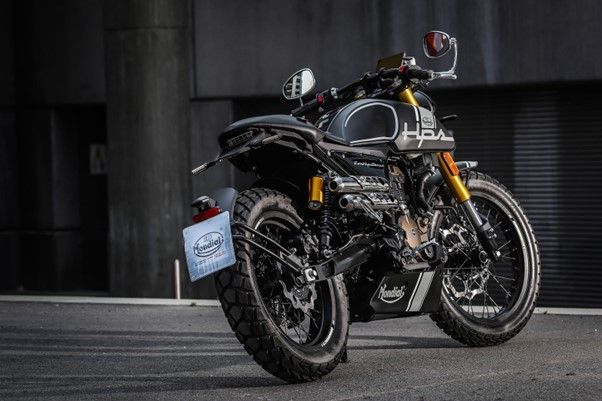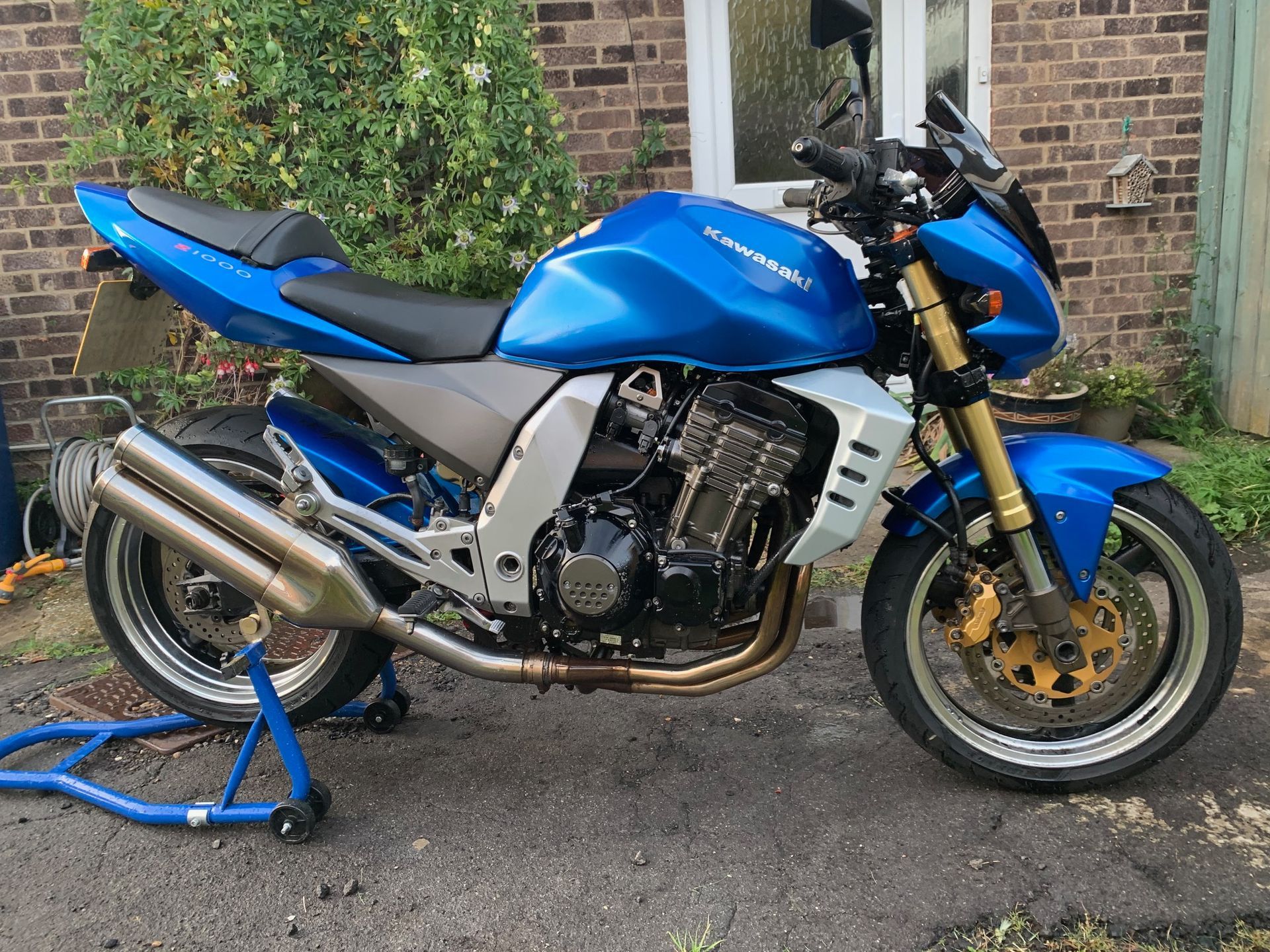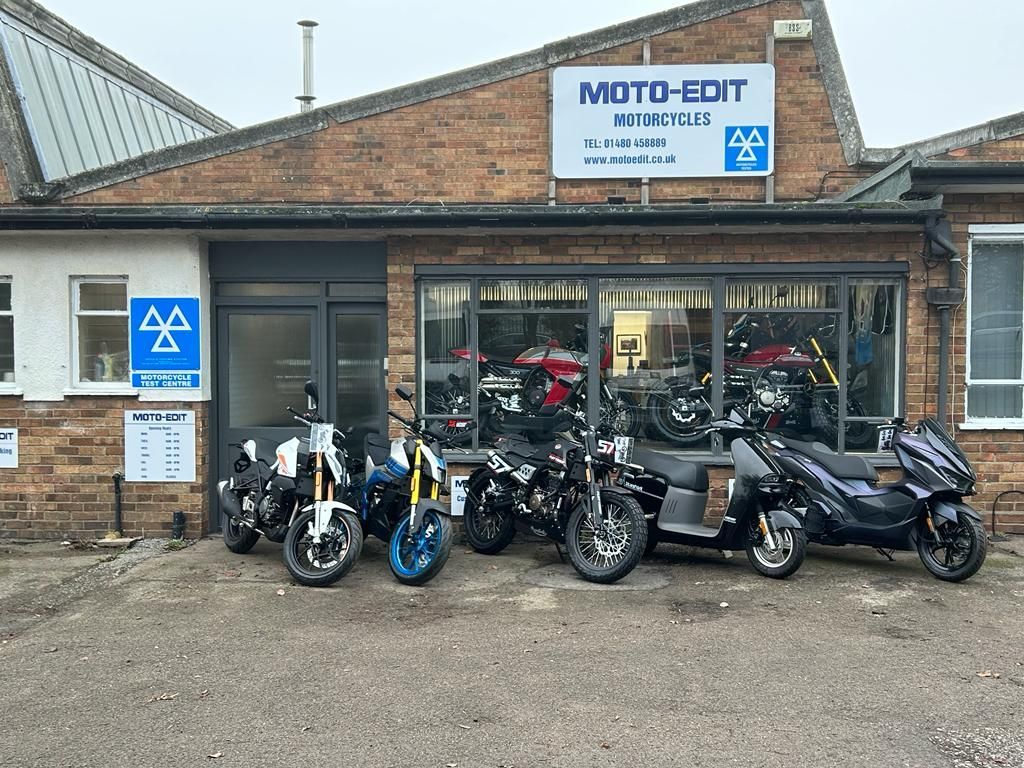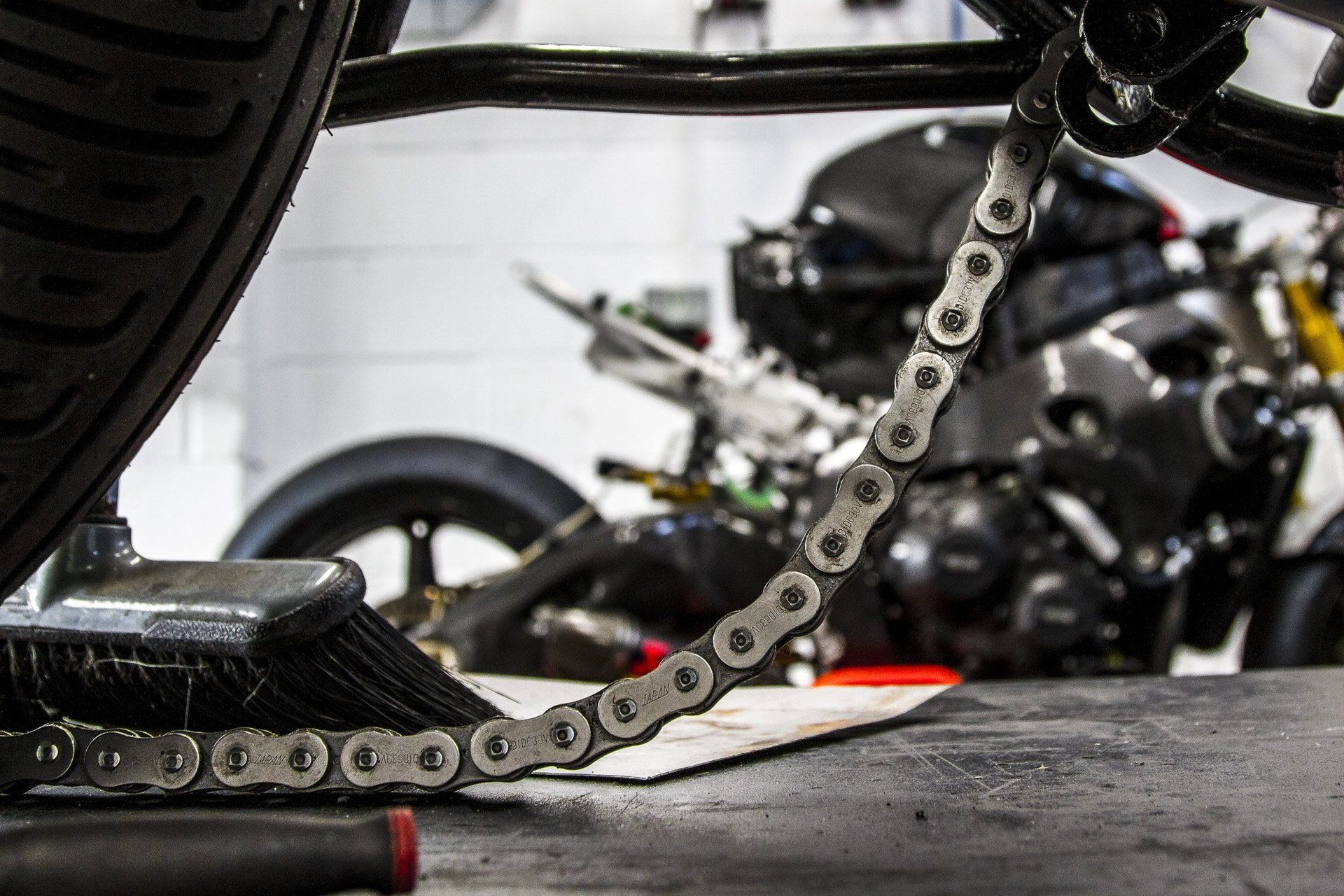Lifting the Lid on Motorcycle Helmets
This is a subtitle for your new post
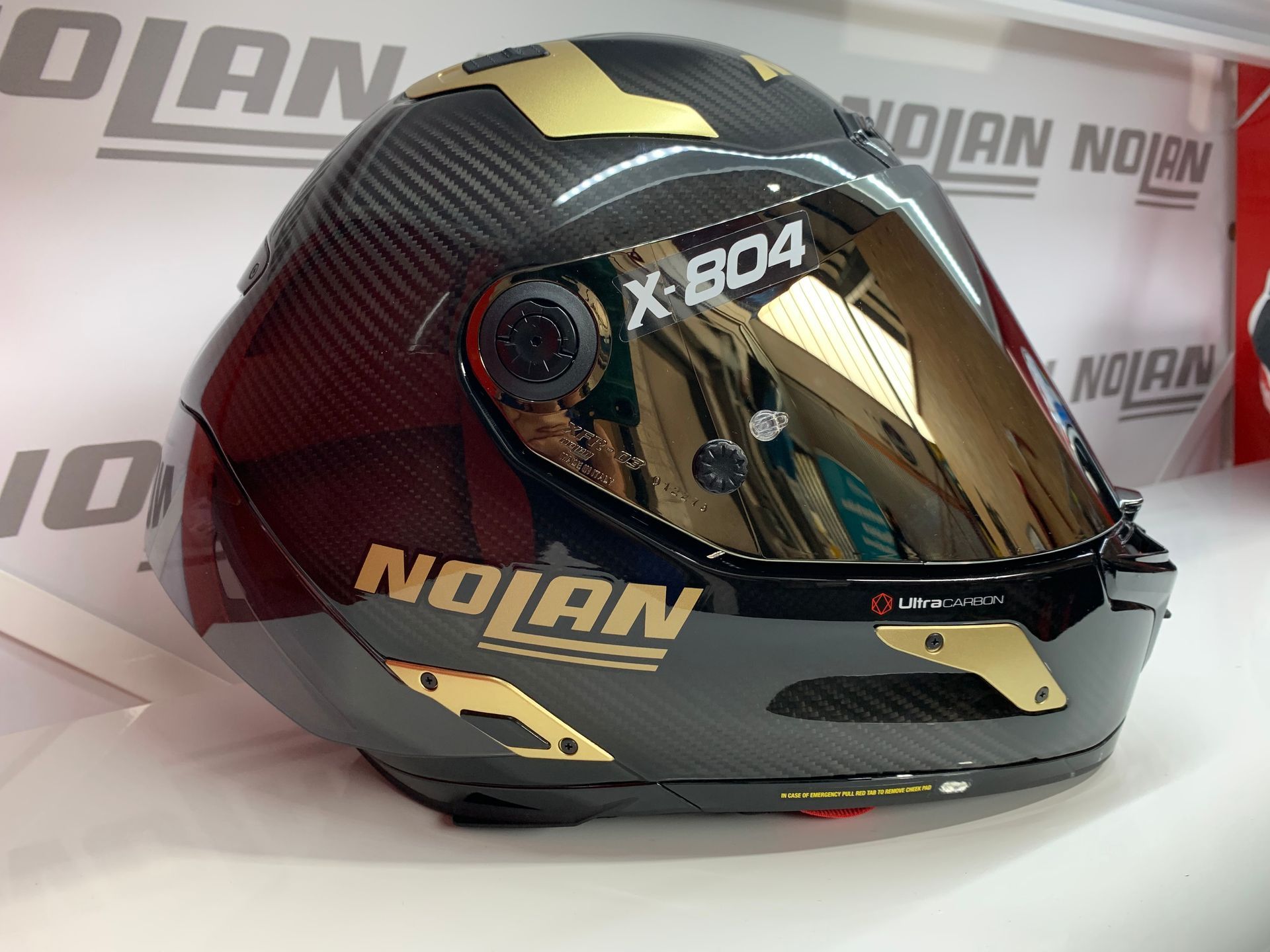
Your helmet is the most important piece of motorbike kit you will buy. You’ve only got one brain (and contrary to popular opinion, everyone does actually have one) – so it makes sense to look after it with the best skid lid you can afford.
Helmets are the most critical piece of personal protective equipment for preventing life-changing injuries, which is why they are the only piece of kit you have to wear by law. But there are a myriad of different types and models on the market – as well as growing numbers of cheap fakes – so it is worth taking your time to ensure that you buy a helmet that is legal, suits your purpose and fits well.
What should I look for in a helmet?
By law, all helmets worn on UK roads must meet one of the following:
- British Standard BS 6658:1985 and carry the BSI Kitemark
- UNECE Regulation 22.05
- A European Economic Area member standard offering at least the same safety and protection as BS 6658:1985, and carry a mark equivalent to the BSI Kitemark
Manufacturers must show they comply with these regulations on or inside the helmet, so check carefully, or check the product listing if buying online to make sure they are legal for use in the UK.
The Safety Helmet Assessment and Rating Programme (SHARP), from the Department of Transport, shows you approved helmets and how much protection they offer. SHARP shows you approved helmets and how much protection they offer. 1-star indicates a low rating despite still conforming to the UK’s minimum safety standards, while a 5-star rating indicates much better all-round protection. Currently SHARP only covers full face and flip-front helmets.
For use on track days or for racing, your helmet must also have the gold ACU sticker.
A clear view
Visors and goggles must also either meet a British Standard and display a BSI Kitemark, or meet a European standard offering at least the same safety and protection as the British Standard and carry a mark equivalent to the BSI Kitemark (UNECE Regulation 22.05).
You can wear a tinted visor in daylight but it is not recommended you use them at night or in poor visibility. The legal rule is that your tinted visor must allow a light transmission of 50%.
Black or mirrored visors may look the business, but will not meet the required standards, so you risk being charged with a Section 18 offence (Road Traffic Act 1988). If you are riding in low light or darkness with a dark visor you could face a charge of careless or even dangerous driving. If you ride with a dark visor, take a clear one with you as well in case the light changes.
Kit to fit
A really vital factor when buying a helmet is the fit. Wearing a helmet of the correct fit dramatically increases your chances of survival in an accident. Helmets that are too loose are noisy, move around in the wind and could shift in the event of an accident, leaving you vulnerable. Too tight, and you’ll soon have a headache to impair your concentration.
There is no substitute for trying on helmets in person. Every head shape is different, so measuring alone is not sufficient to choose what to buy. It’s a good starting point though – measure around your head just above the ears and around your forehead. This will translate into the manufacturers’ sizes.
Try the helmet on your head and do up the chin strap so you can fit two fingers between the strap and your jaw. You should be able to feel the helmet all the way around your head, but without feeling pressure points or the helmet leaving a red mark.
With the strap done up, try rotating the helmet from side to side. If the helmet moves or slips on your head, it’s probably the wrong size. With a full face or flip front helmet, the cheek pads should stay firmly and comfortably in contact with your cheeks. There is likely to be a bit of give in the pads as the helmet wears in, and some models offer different widths of cheek pads to suit fuller or thinner faces. Try tilting the helmet forwards and backwards. Again, if it moves, it’s probably the wrong size.
With the strap done up, tilt your head forward and ask someone to try rolling the helmet forward off your head by carefully pushing up at the rear from the base of the helmet. You want to know that in the event of a crash, it’s going to stay put on your head.
Take your time to try on different helmets – there can be a big difference in the shape of the shell and interiors between different manufacturers and even different models from the same manufacturer. Especially if you’re not used to wearing a helmet, it is a good idea to seek help from the knowledgeable staff at Moto-Edit. They can help you find the right fit so that you will be well protected and comfortable.

Types of helmet
The type of helmet you choose will vary depending on the type of riding you’re planning. Full face helmets offer the best protection and are suited to the race track, sports bikes and other road bikes. Helmets designed for sports bikes tend to have a taller aperture so that when your head is tucked down over the bars and you are looking up through the top of the visor, your view is not obscured by the helmet. They are aerodynamically shaped to reduce wind buffeting.
Flip-front (or system) helmets are useful for urban riding, commuting and touring as the front can by lifted to avoid having to remove the helmet every time at petrol stations or in shops.
Adventure helmets are a hybrid between a road and motocross helmet for riding both on and off road. The extended chin bar maximises ventilation, a larger visor aperture gives you a wider field of vision and the peak helps stop the sun getting in your eyes. Unlike motocross helmets, which are designed to be worn with goggles, they have a visor with a seal for road use, and more soundproofing. They are not as aerodynamic as full face or flip front helmets, so can give increased wind buffeting on the roads.
What else do you need?
Other factors to consider include the weight. In terms of human body design, our neck is a relatively weedy support for our proportionally large and heavy heads and will take a lot of strain from wind buffeting on bikes without a sizeable windscreen, so putting extra weight on top increases fatigue. That’s especially important if you’re riding long distances or riding off-road, where you are working hard physically.
Some helmets have anti-bacterial, wicking or removable interiors, which are good for keeping your lid fresh and clean, especially if you ride a lot.
Ventilation is important. In cold weather, good adjustable venting can help prevent visors misting, and in hot weather, when it’s easy to overheat, venting in the chin and crown help keep you cool.
Some models of helmet offer an integrated sun visor, which can be more convenient than carrying shades, and anti-mist visor inserts such as the Pinlock can be a saviour in colder conditions.
If you’re considering using an intercom system, whether to use in a mesh with a group, with a pillion, or just to listen to music and answer your phone, check how it will fit inside the helmet and ensure there’s enough room for the microphone and speakers.
Some helmets, such as the Nolan N-Com, allow you to fit a stop light to the back. These use a LED rear light with emergency stop signal that will light up as you brake, giving an extra indication to other road users.
There are also many options for colour and graphics. Whether you’re after an understated classic look, a hi-viz safety option, or graphics to suit your bike’s paint job, there’s plenty of choice.
You’ve only got one head…
…so look after it. If a helmet has suffered an impact – whether from a crash, from being dropped or from something striking it a blow – the energy absorption properties are likely to be reduced meaning it won’t protect properly in an accident. Unfortunately, looking at the outside of the shell or inside the lining doesn’t always reveal the damage, so if in doubt, it is safer to replace the helmet.
The lifespan of a helmet varies according to its use and storage, but if you’re wearing your helmet regularly, it is likely to need replacing after 3-5 years. Again, there may not be visible damage on your helmet, but you can’t always see interior degradation. Never buy a second hand helmet – you really will have no idea what has happened to it and whether it will protect your head.
If you need a new lid, pop down to Moto-Edit’s Huntingdon showroom to see our range, get expert advice and find the right fit to protect those valuable braincells!
